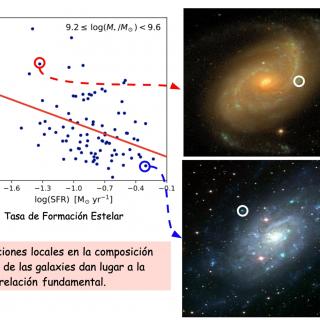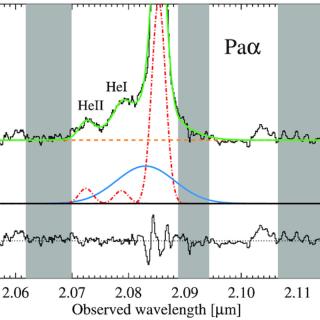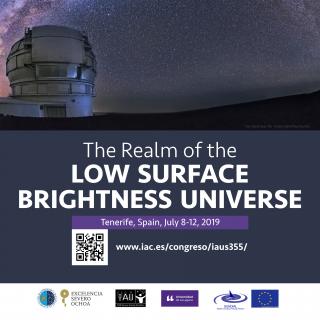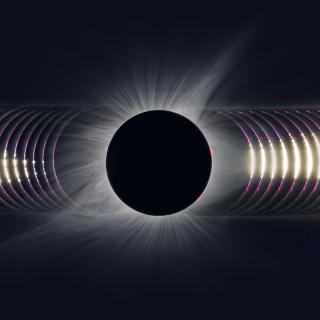
The so-called "fundamental metallicity relation" (FMR) has been known for almost 10 years, and it states that galaxies of the same stellar mass but larger star formation rate have more chemically primitive gas. It is thought to be fundamental because it naturally arises from the stochastic feeding of star-formation from external metal-poor gas accretion, a process extremely elusive to observe but essential according the cosmological simulations of galaxy formation. Galaxies transform gas into stars at a rate that quickly exhaust their gas reservoir. Therefore, a continuous supply of external
Advertised on



![A distance of 13 Mpc resolves the claimed anomalies of the galaxy lacking dark matter The ultra-diffuse galaxy KKS2000]04 (NGC1052-DF2), towards the constellation of Cetus, considered previously a galaxy with no dark matter.](/sites/default/files/styles/crop_square_2_2_to_320px/public/images/news/Galeria_IAC_Figura_Trujillo_2_final.jpg?h=340b683b&itok=ZQ8EA2IA)
